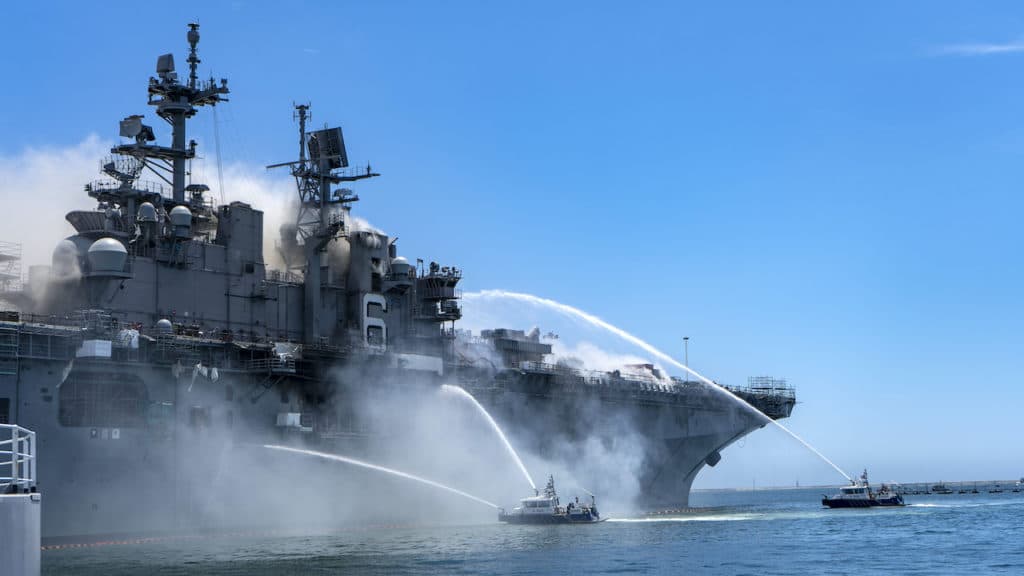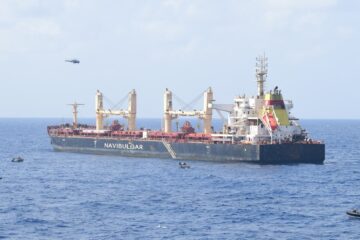The Indian Navy destroyer explosion incident was initially reported by local media ANI News. According to local reports, three petty officers were killed and eleven sailors were injured in the blast.
A few hours later, the Indian Navy confirmed the incident. On behalf of Admiral R. Hari Kumar, Chief of Staff of the Indian Navy, the Indian Navy shared condolences for those who lost their lives in the explosion and shared their identities. “We stand by you in these difficult times.” the Indian Navy said in the tweet.
According to Indian officials, the ship’s crew responded quickly after the explosion, and no material damage to the INS Ranvir has been detected.
ANI also states that INS Ranvir was on a cross-coast operational deployment from the Eastern Naval Command and will be returning to base port soon. An inquiry into the incident is set to begin soon, according to reports.
Author’s Comments:
The majority of accidents, such as explosions or fires, occur in dockyards while ships are being maintained. The US Navy just lost a major unit, the ex-USS Bonhomme Richard, when it was in a shipyard in San Diego for maintenance in 2020. The Russian Navy is unable to operate its sole aircraft carrier, Admiral Kuznetsov, due to a series of mishaps. Kuznetsov was damaged in 2018 when the dry dock where it was being refitted sank, sending a massive crane tumbling onto the ship. A tragic fire broke out onboard the Russian carrier a year later, and it is unclear when she will return to service. In April 2020, China’s first Type 075 landing helicopter dock (LHD) caught fire. In June 2020 a fire broke out aboard French Navy Rubis-class submarine Perle. The submarine will be back to sea following some extensive and complex repair work.

In the seamanship literature, safety is of the utmost importance. However, when a ship is in a shipyard for repair or maintenance, safety precautions should be quadrupled. Because acts that could cause a fire, such as welding or cutting, can occur in various areas of the ship during the shipyard time. Because each activity necessitates its own set of precautions, firefighting measures may not always be sufficient to properly intervene in an accident if enough personnel and equipment wouldn’t be allocated.
In the maintenance phase, there is a strong relationship between time and safety. Because as time passes, the level of safety lowers. Navies want their ships back in operation as soon as possible, yet every project must adhere to a strict timeframe. The probability of such accidents increases if the authorities abbreviate the schedule.






